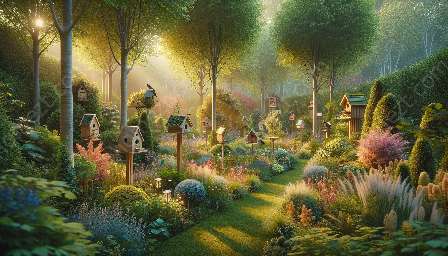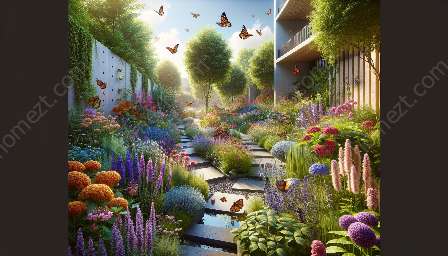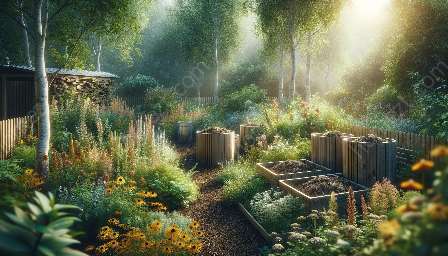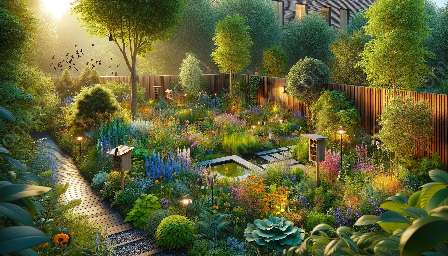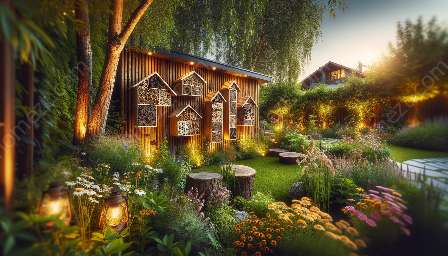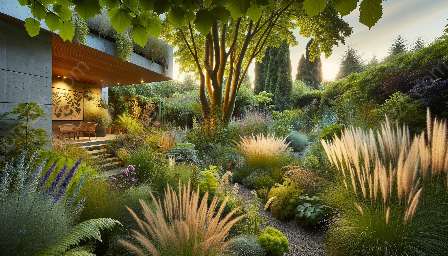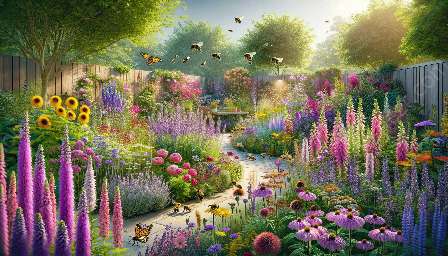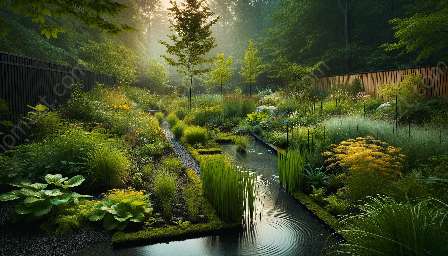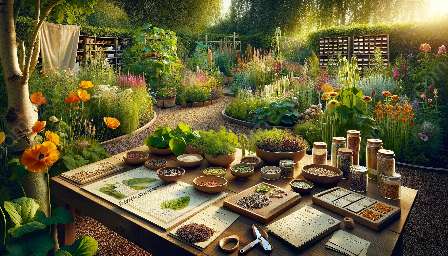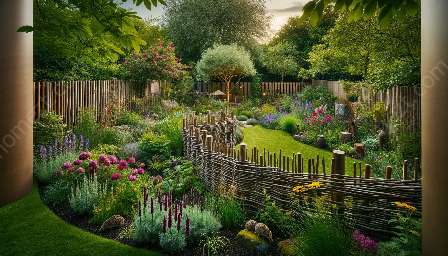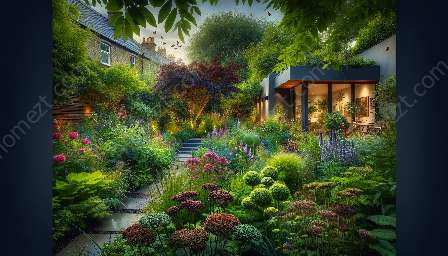Creating a habitat for wildlife within the natural environment is essential to maintaining a healthy ecosystem. This aspect is widely recognized in the fields of wildlife gardening and landscaping, where the focus is on building sustainable and enriching environments for various species of flora and fauna.
Importance of Habitat Creation:
One of the fundamental aspects of wildlife gardening and landscaping is to create suitable habitats for a wide range of wildlife. By fostering a biodiverse and sustainable ecosystem, individuals can contribute to the preservation of the natural world and enable various species to thrive. Moreover, habitat creation plays a significant role in supporting pollinators, such as bees and butterflies, which are essential for the health and growth of many plants.
Successful habitat creation also helps in conserving natural resources and mitigating the negative impacts of urbanization. By incorporating native plants and creating specific ecological niches, individuals can help in maintaining the balance of local ecosystems.
Techniques for Wildlife Gardening and Landscaping:
Wildlife gardening and landscaping involve the deliberate selection and cultivation of plants to create ideal habitats for various wildlife. One of the primary strategies is to incorporate a diverse range of plant species, including native plants that are well-suited for the local environment. By doing so, individuals encourage the presence of different wildlife, offering them food, shelter, and breeding opportunities.
Utilizing water features, such as ponds or small water bodies, further enhances the habitat and attracts a broader array of wildlife, including amphibians, dragonflies, and birds. Additionally, creating nesting sites and sheltered areas within the landscape ensures that wildlife can find safe environments for reproduction and protection from predators.
Compatibility with Gardening and Landscaping:
Wildlife gardening and landscaping complement traditional gardening and landscaping methods by incorporating ecological principles and sustainable practices. Through strategic planning and thoughtful design, individuals can blend aesthetic appeal with functional habitat creation, ensuring that their outdoor spaces are not only visually appealing but also supportive of local wildlife.
Furthermore, by integrating wildlife-friendly features, such as flowering plants, native shrubs, and trees, individuals can create harmonious environments that benefit both wildlife and human inhabitants. This compatibility fosters a deeper connection to nature and promotes sustainable living practices.
Conclusion:
Creating habitats for wildlife is fundamental to wildlife gardening and landscaping, as it promotes biodiversity, ecological sustainability, and healthy ecosystems. By incorporating suitable techniques and embracing compatibility with traditional gardening and landscaping, individuals can contribute to the well-being of local wildlife and foster a deeper appreciation for the natural world.
Embracing habitat creation within wildlife gardening and landscaping not only provides tangible benefits for wildlife but also enriches the overall outdoor experience, creating a harmonious balance between nature and human habitation.

